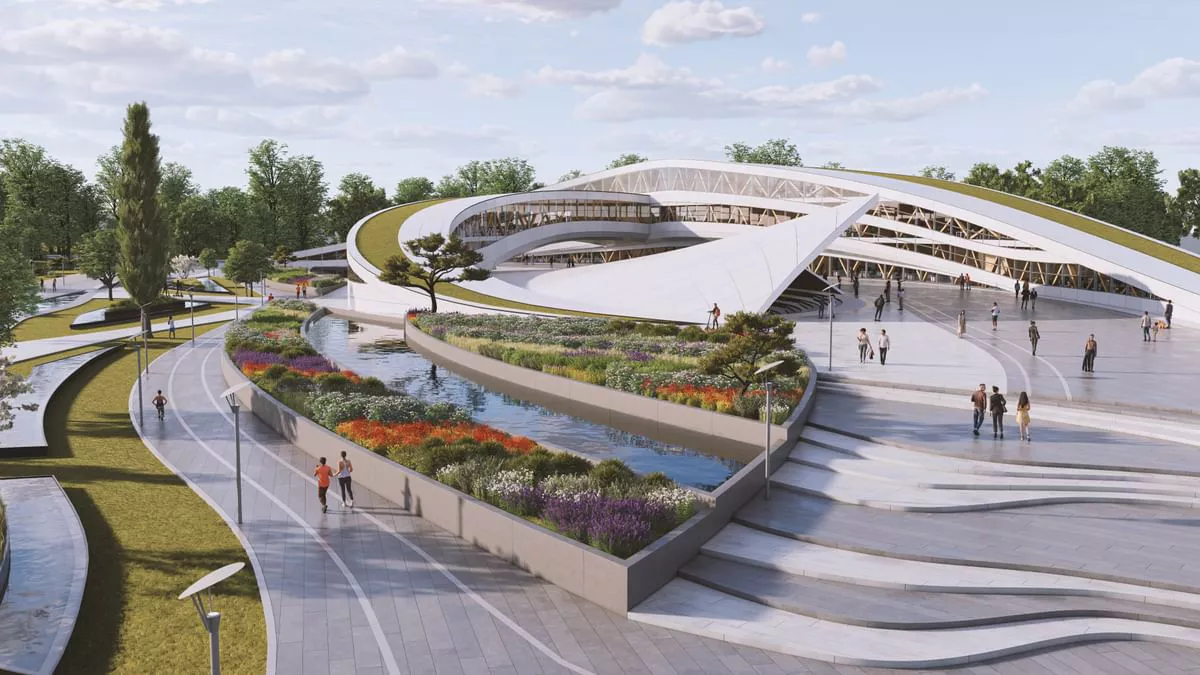It wasn’t too long ago that architecture was mainly about sketchpads, rulers, and intuition. Architects relied on years of experience and artistic vision to bring spaces to life. But in just the last few years, artificial intelligence has started to change all that—quickly, and in ways most people didn’t expect.
We’re now seeing AI go from being a buzzword to a practical tool that architects use every day. Whether it’s helping design smarter buildings or rethinking entire neighborhoods, AI is making its presence felt. And the pace of this change? It’s fast—faster than most in the industry were ready for.
From Sketches to Smart Software
Traditionally, designing a building could take weeks or even months of back-and-forth—sketching, revising, modeling, and tweaking. But with AI in the mix, much of this process is getting a serious upgrade using asbestos survey. Tools powered by AI can now generate dozens, even hundreds, of design options in a matter of minutes based on a set of inputs. Things like natural light, building materials, energy use, and space constraints can all be fed into a system—and out comes a wide range of design possibilities.
Instead of replacing the architect, AI becomes like an assistant that takes care of the heavy lifting. The architect still makes the final call, but now with more ideas on the table and a lot less grunt work.
Building Smarter, Not Just Faster
AI isn’t just speeding things up—it’s helping us build smarter. For example, architects can now run simulations before construction even begins. These simulations can predict how a building will handle airflow, lighting, temperature, or even foot traffic. That means fewer surprises later on and better spaces for the people who use them.
Plus, with sustainability becoming more important, AI is helping reduce waste by optimizing material usage and energy efficiency from the start.
Creativity Isn’t Dead — It’s Evolving
Some people worry that letting machines get involved will suck the soul out of design. But that’s not what’s happening. In fact, AI is freeing up architects to be even more creative. Instead of spending hours on tedious adjustments, they can focus on the vision. AI handles the repetition, they handle the inspiration.
Big names like Zaha Hadid Architects are already showing what’s possible when human creativity meets machine intelligence. Their futuristic, flowing designs are partly the result of AI-powered tools that help push the boundaries of form and function.
Smarter Cities on the Horizon
AI is also going beyond buildings and helping plan smarter cities. It can analyze massive amounts of data—like traffic patterns, population density, or energy usage—to suggest better layouts for roads, parks, or public transit. Urban planning that once took years can now move a lot faster, with more accurate predictions and fewer mistakes.
But It’s Not All Perfect
Of course, AI isn’t magic. There are still big questions around ethics, privacy, and creative control. Relying too much on algorithms can sometimes lead to designs that are efficient but feel cold or generic. And there’s the very real concern about jobs—how much of this work will AI eventually take over?
Still, most experts agree: AI isn’t replacing architects—it’s changing how they work. The best results come when human intuition and machine intelligence work side by side.
The Future Is Already Here
What’s clear is this: AI isn’t just coming for architecture. It’s already here, and it’s reshaping the field faster than anyone expected. The way we design and build is evolving, and those who embrace the change early are going to shape the future of our cities.





Leave a Reply